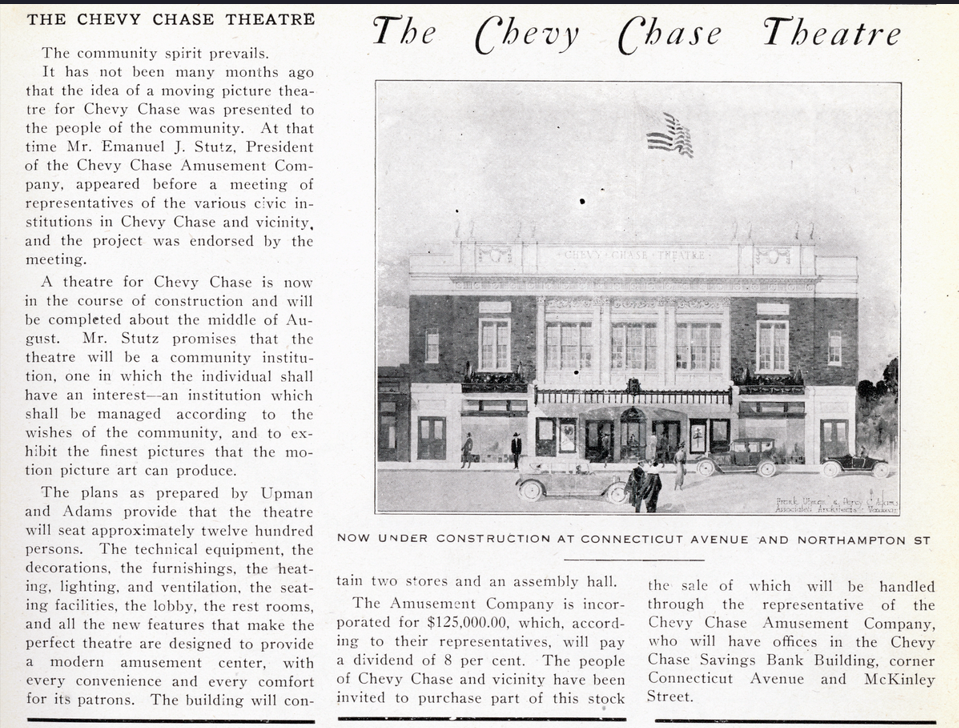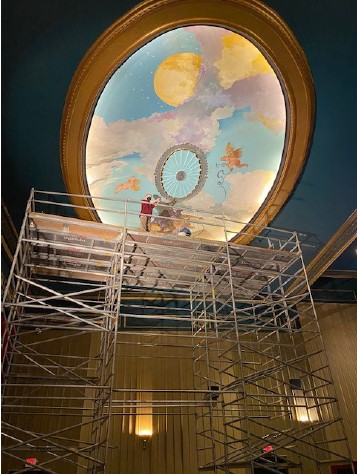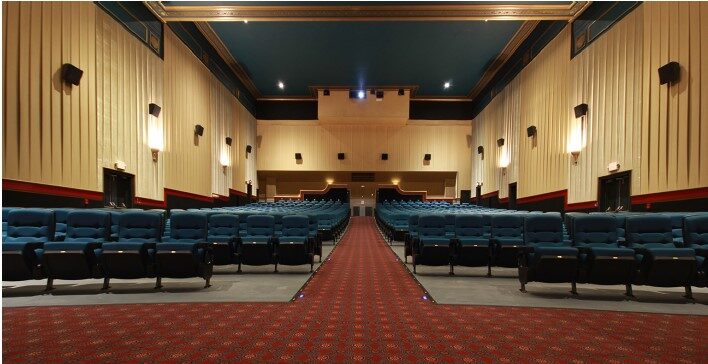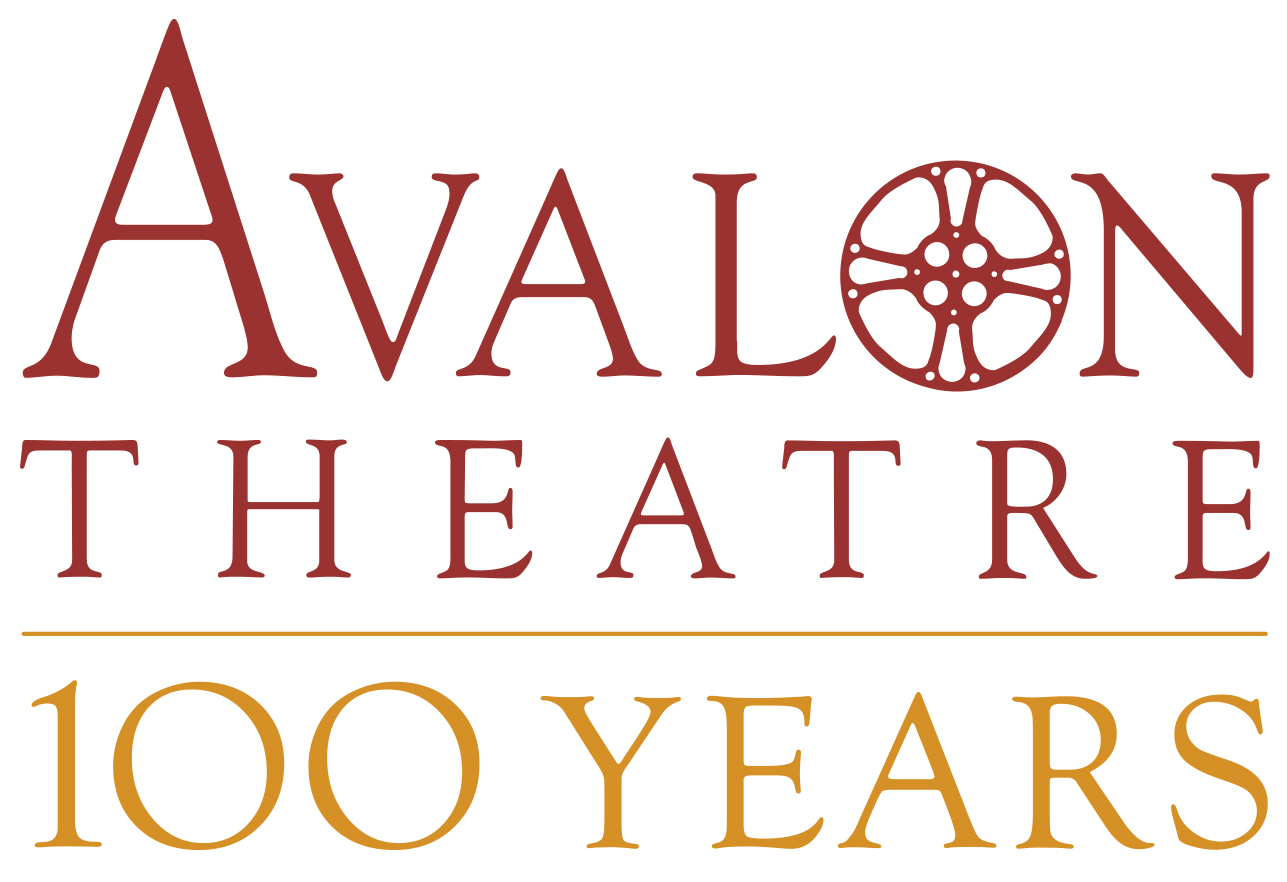Standing the Test of Time: 100 Years of Avalon History
They say what’s old becomes new again. We think so too. That’s why during our centennial celebration, it’s important for us at the Avalon to look back at the changes our beloved, historical theater has undergone over the past 100 years.
From our humble beginning as a single-auditorium silent film theater, the Avalon has gone through many modifications this past century to meet our community’s desire for comfort and modern technology – while maintaining a truly special space for viewing films.

This article was released locally during its construction. Click on the image to read the full article
Cinema Comes to the Neighborhood
Opened as the Chevy Chase Theatre in 1923, the venue originally consisted of an auditorium that seated 1,200 guests with a pipe organ to provide musical accompaniment. Two shops flanked the theater. A second floor for businesses was first occupied by a music school and ballet studio, then later by retail shops. This article was released locally during its construction.
Evolving into Cinema as We Know it Today
While the neighborhood theater was a new and exciting addition to the community, both the film industry and this establishment continued to evolve–and quickly.
With the advent of sound in film, cinema had been revolutionized and the medium’s scope became infinite. In 1929, the theater was acquired by Stanley Warner and became a Warner Bros neighborhood movie house. The newly renamed Avalon Theatre then undertook a thrilling modernization: the auditorium was wired for sound.
The Avalon was already a place for the community to escape everyday life for a few hours, but in 1937, the theater became air conditioned. This luxurious and revolutionary technology facilitated the theater’s second major adaptation into a place to beat the heat.
Around the same time, the theater was redecorated in an art deco theme to match contemporary theaters of the day.
The theater’s ownership changed many times over the years, and with that came changes to the theater itself.
 Mid-Century Expansion, 1980s Renovation, Landmark Status
Mid-Century Expansion, 1980s Renovation, Landmark Status
By the time new auditorium seats were added in the 1960s, the Avalon was no longer bearing Stanley Warner’s name. In 1970, the upper floor was converted into a second auditorium, Avalon 2, which seated 200 patrons.
During 1985, the theater was fully renovated. This included a larger screen and new sound equipment, and adjusting the capacity of the larger auditorium. The renovation also included the painting of our now-signature mural on the Avalon’s interior dome, which can still be appreciated today by guests. Just look up to see Mercury, Roman god of messages, pitching film to Cupid!
In 1990, the façade of the building was landmarked, protecting the exterior of the building from being altered.
Resurrection, Restoration & Modernization
In 2001, the Avalon faced an unprecedented challenge. Owned by Loews at the time, the company declared bankruptcy and the theater was shuttered. With the closure, the company stripped the theater of the seats and equipment, leaving it a shell. That same year, a community-led fight began to save the theater.
With the success of the community’s campaign, restoration began in October 2002, and the theater reopened in April of 2003. The non-profit Avalon Theatre Project officially bought the theater in 2006.
The Avalon Theatre has changed and adapted over the years to provide memorable, and comfortable, experiences for movie-goers. In 2013, the theater installed an elevator to the second floor lobby and made its restrooms wheelchair accessible to accommodate guests of all abilities.
Along with accessibility, the Avalon wanted to offer guests state-of-the-art technology to enhance their film experiences. In 2013, the theater converted from 35mm projection to digital projection.
 Today
Today
Today, guests marvel at the original architecture and restored features, a blend of both old and new, and certainly the culmination of the Avalon’s rich history. Many visit the Café for refreshments before tucking into one of two impressive auditoriums that embrace the nostalgia of times past.
Later this year, the theater will undergo another shift with the installation of solar panels on the roof to reduce its carbon footprint.
This historic movie house, and one of the last remaining neighborhood theaters in DC, has changed greatly over the years since its inception in 1923. A century later, The Avalon Theatre continues to bring about a reconciliation between history and modern technology. While striking the right balance can be delicate, it certainly provides an unparalleled cinematic experience.
If you’d like to keep the magic of the Avalon going for generations to come, please consider a membership or tax-deductible donation today.


